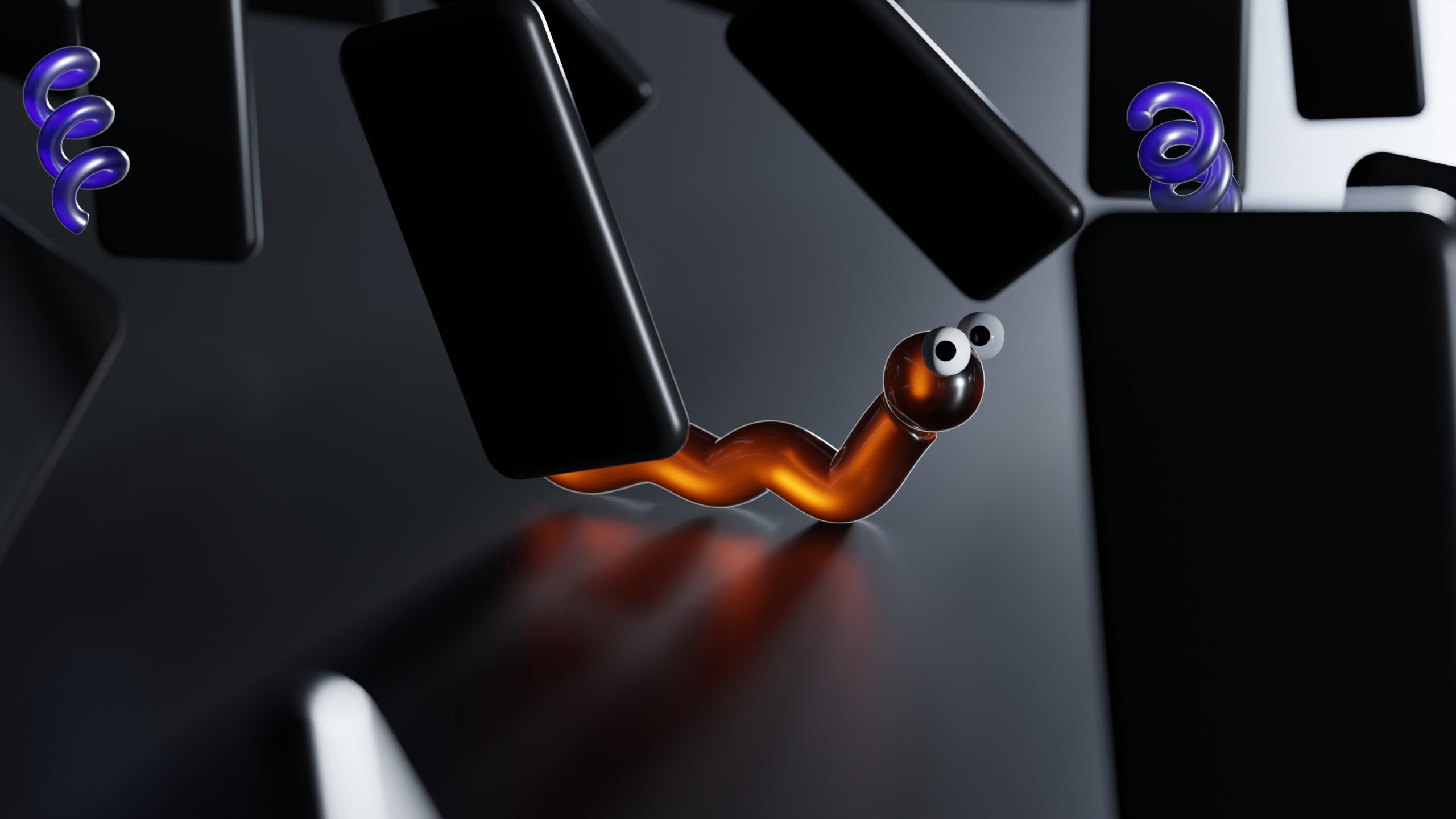In today's technology-driven world, bloatware has become a common problem for users of various devices. Bloatware, also known as pre-installed software, is software that is installed on a device by the manufacturer or carrier. This software often comes in the form of trial versions of programs, promotional software, or applications that are not useful to the user.
Why bloatware is a threat
Bloatware is not only an annoyance but also a threat to the device and the user's privacy. Pre-installed software can consume valuable storage space, reduce the device's performance, and increase the risk of malware infection. Additionally, some bloatware can collect user data, monitor user behavior, and expose sensitive information to third parties.
How do I identify bloatware?
It can be difficult to identify bloatware on a device, as some manufacturers may not label it as such. However, users can look for unfamiliar or unnecessary applications that are installed on the device, particularly those that cannot be uninstalled. Users can also check the device's storage usage and monitor the device's performance to identify any software that may be slowing it down.
How to remove bloatware on Windows 10
To remove bloatware on Windows 10, users can use the "Add or Remove Programs" feature in the Control Panel. From there, they can select the unwanted programs and click on "Uninstall." Alternatively, users can use third-party software such as PC Decrapifier or CCleaner to remove bloatware more efficiently.
How to remove bloatware on MacOS
MacOS devices typically have fewer pre-installed applications than Windows devices. However, users can still remove bloatware by dragging unwanted applications from the Applications folder to the Trash. Users can also use third-party software such as AppCleaner to remove any remaining files associated with the application.
How to remove bloatware on Android
To remove bloatware on Android devices, users can go to the "Settings" menu, select "Apps," and then select the unwanted application. From there, they can click on "Uninstall" to remove the application. Alternatively, users can use third-party software such as Debloater or NoBloat to remove bloatware more efficiently.
How to remove bloatware on iOS
Unlike Android devices, iOS devices do not allow users to uninstall pre-installed applications. However, users can hide unwanted applications by moving them to a separate folder or disabling them in the "Settings" menu.
How to avoid bloatware
To avoid bloatware, users can research the device they plan to purchase and select one that has minimal pre-installed applications. Additionally, users can purchase devices directly from the manufacturer instead of through a carrier, as carriers are more likely to install bloatware. Users can also choose to install only the necessary applications and avoid downloading unknown or unnecessary applications.
In conclusion, bloatware can be a significant problem for device users, but it can be managed and prevented by identifying and removing unwanted applications. By taking proactive measures, users can ensure that their devices operate at their maximum potential and safeguard their privacy.


